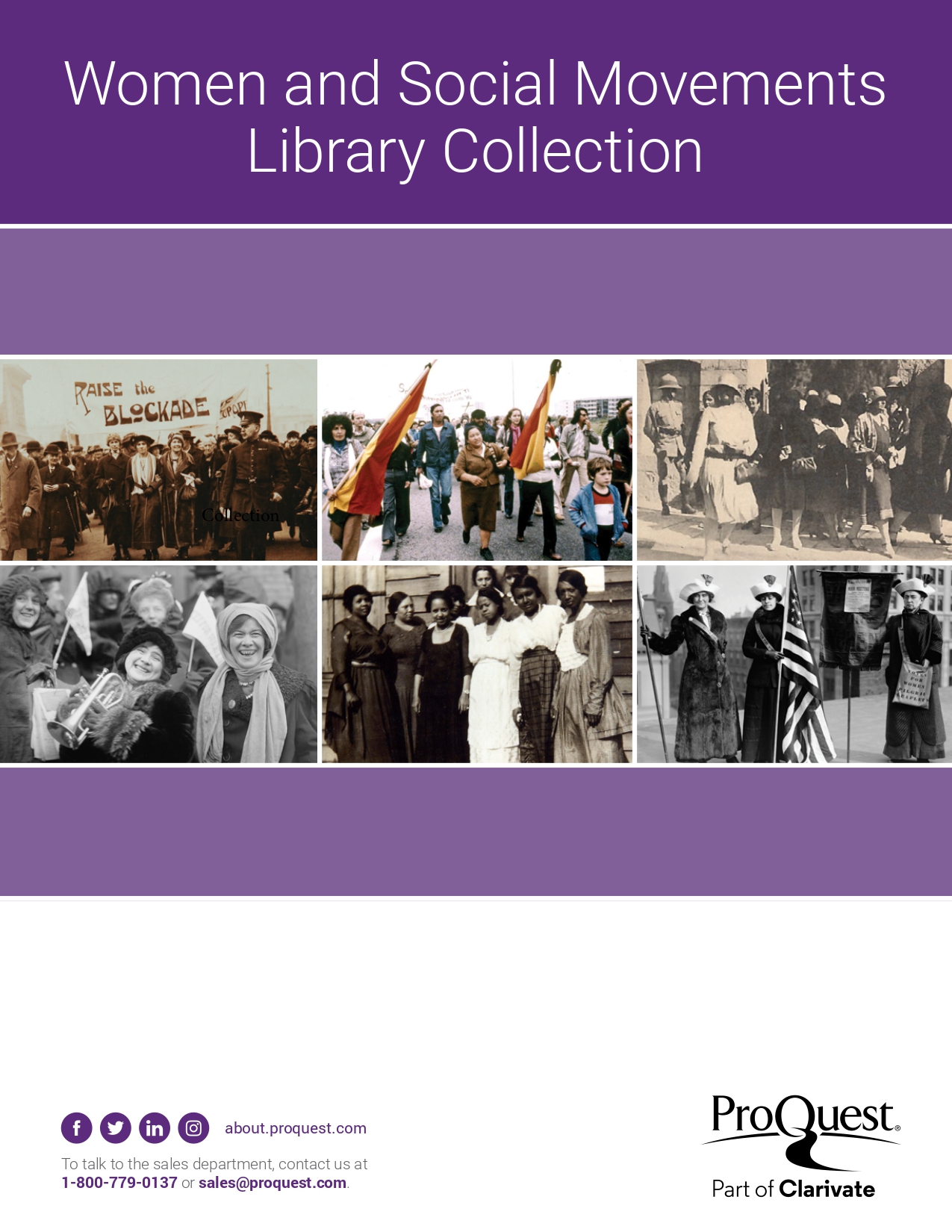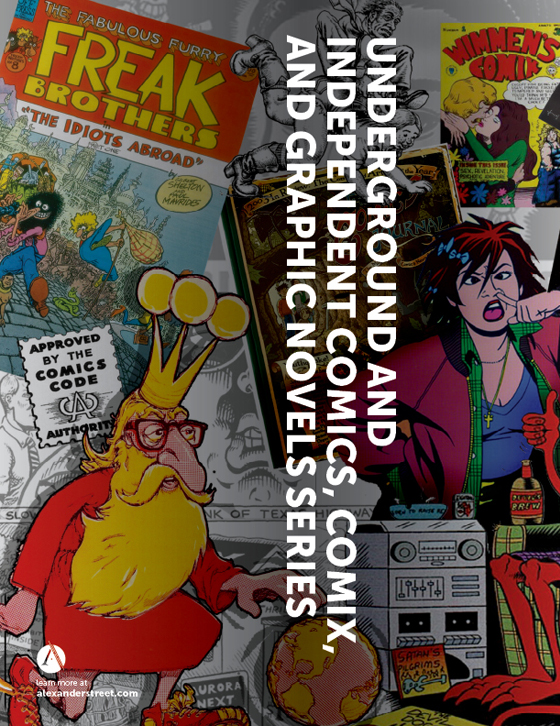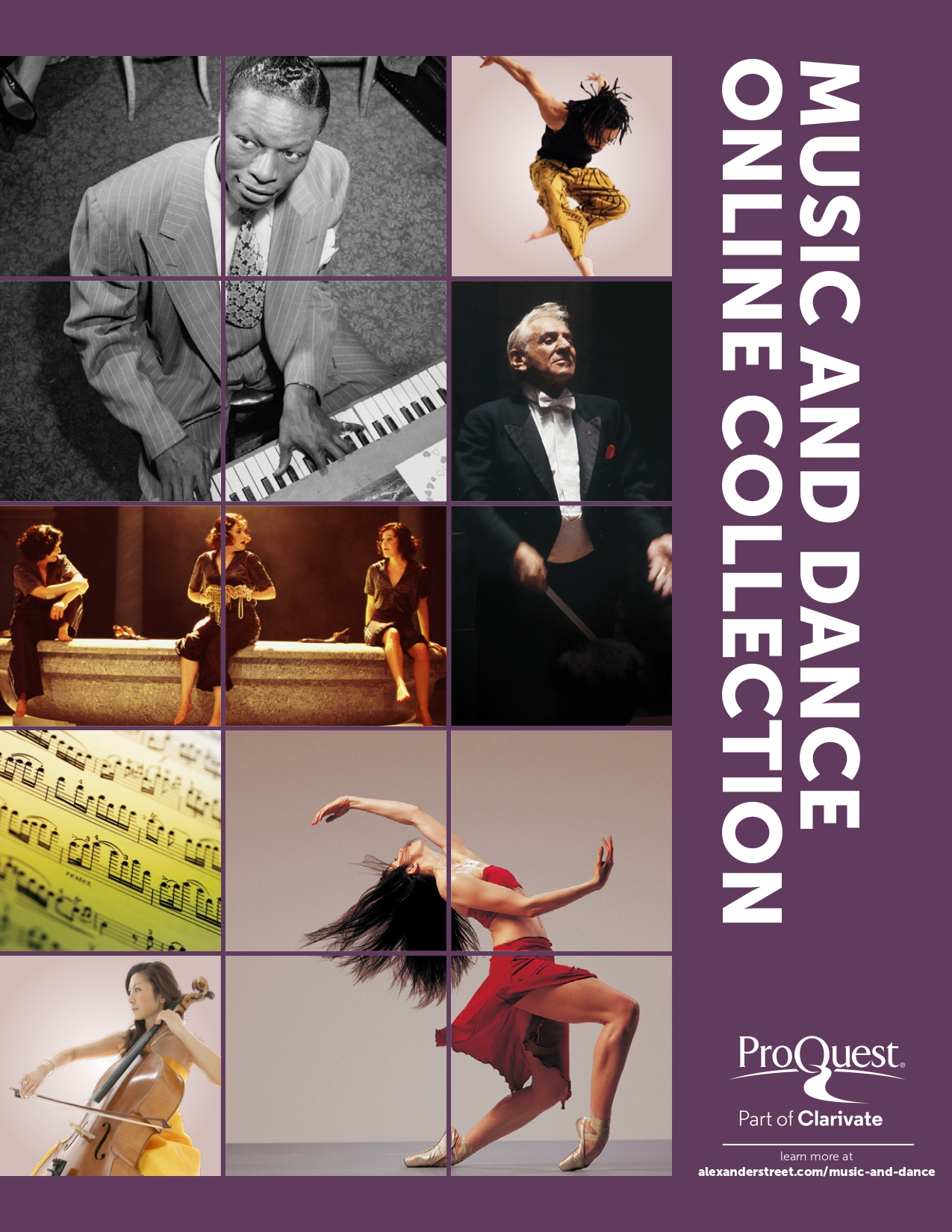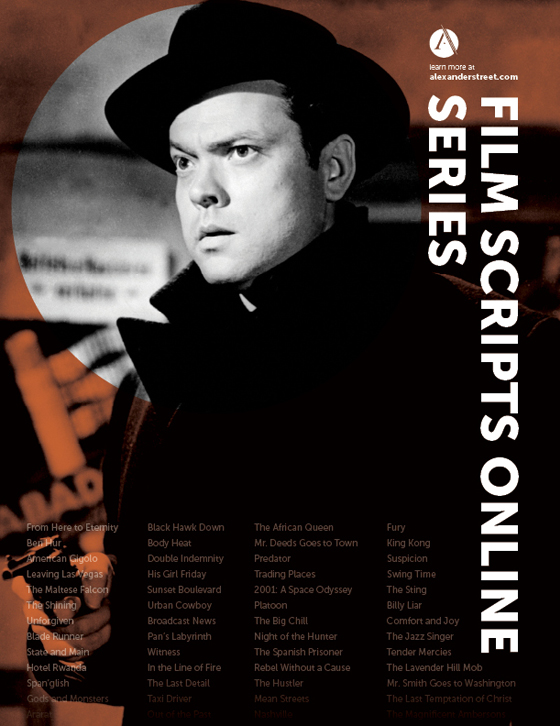
Youth and Popular Culture Magazine Archive
Youth and Popular Culture Magazine Archive, when complete, will provide 250,000 pages of unique digital access to the backfiles of 13 magazines originally published for a teen/pre-teen audience. Coverage spans the years 1940-2020 and sheds light on a host of trends and topics in the history of youth culture, including fashion, rock and roll, sports, sexuality, and dating, as well the media portrayal of youth. Alongside major titles like Teen, the collection features many hard-to-find titles such as Clarity from the 1940s and Petticoat from the 1960s.
 The Importance of Youth Culture
The Importance of Youth Culture
Youth have been at the center of cultural change throughout the decades expressed through music, film, fashion, lifestyles, and more impacting societies worldwide. Youth cultural trends have shaped generations. From the teenagers screaming and dancing to Rock and Roll in the 1950s to the flower children of the 1960s proclaiming peace and love to the emergence of hip hop in the 1970s and 1980s and everything in between has illustrated the powerhouse effect of youth to be influenced and to infuence. Beyond popular culture, youth have been pivotal agents in social change demonstrated through civil rights and Vietnam war demonstrations of the 1960s to the recent gun control protests in the wake of school shootings.
Youth and Popular Culture Magazine Archive provides a colorful lens with documentation of the interplay and mutual influence of youth and popular culture.
Content Highlights
- Teen (1957-2009): This magazine was one of the longest-running, most widely-read teen titles of the 20th/21st centuries, with a peak circulation of nearly 2 million. As a staple title for American teenagers across five decades, its 80,000 page backfile discloses the evolving preoccupations, attitudes, and patterns of consumption of successive generations. At its launch, Teen’s stated objective was to be the first magazine to explore all facets of teenagers’ lives. Its coverage included features on fashion/ style, entertainment, relationships, health, and technology, along with confessional articles and advice columns.
- Fabulous 208: A British pop music magazine that was highly popular in the UK during the 1960s and 1970s, running for nearly 900 issues. It started out focused on the Beatles career and their rise and domination in the music industry, then expanded to include other stories and interviews from popular musicians of the time as well as documenting the change in how music is consumed, from radio to the growth of music videos. Eventually, in the 1970s, the magazine repositioned itself as a girl magazine and began to feature more models and pop stars on the cover as well as doing more features on fashion, beauty, and health tips.
- Clarity Magazine: This magazine was published for a short period in the 1940s by the Young Communist League, USA and provides a unique insight to the political influences on youth culture of this time.
- FLiP: An American magazine that ran from 1964-1975 on all things related to youth life such as style guidance, celebrity interviews, and advice columns including "Dear Carol" and "Ask Karen" answering questions submitted by youths on school, dating, careers, and mental health. FliP became known for it's glossy magazine covers as well gossip columns and special features on popular celebrities such as Donny Osmond and David Cassidy. It also published letters and stories that youths would send in, providing a platform for youths voices to be heard as well as to connect with one another.
- Petticoat: A magazine published during the height of the Swinging Sixties in the UK in response to the emergence of more liberal teens and young women. The magazine offered fiction, popular culture, fashion news, and advice from it’s highly controversial advice column known as 'agony aunt' on love, sex, healthy eating, hair, and make-up. Petticoat also promoted the Mod fashion, which was known to be innovative, creative, and bold for the times. Mod fashion arose from the modernist subculture that started in London in the 1950s and eventually some working class youths diverged from this group to form another group called the skinheads. Petticoat had many female contributors, including Annie Nightingale, the first female presenter on BBC Radio.
Themes and Topics of Youth Culture Covered
- Advice
- Basketball
- Career Choice
- Celebrities
- Dating
- Dieting
- Family
- Fashion trends
- Film
- Games
- Hairstyles
- Mental Health
- Music
- Physical Fitness
- Relationships
- Rock and Roll
- Social Activism
- Sports
- Travel
- Women’s Health
- ...And more!
Advisory Board
Matthew Worley, Professor of Modern History, University of Reading
Cristina Favretto, Head of Special Collections, University of Miami
James Danky, Faculty Associate, Journalism and Mass Communication, University of Wisconsin-Madison
Related Collections
-
 The World of Archie Comics Archive
The World of Archie Comics Archive -
 Women and Social Movements Library Collection
Women and Social Movements Library Collection -

 Underground and Independent Comics, Comix, and Graphic Novels Series
Underground and Independent Comics, Comix, and Graphic Novels Series -
 LGBT Thought and Culture
LGBT Thought and Culture -
 The Sixties: Primary Documents and Personal Narratives, 1960 to 1974
The Sixties: Primary Documents and Personal Narratives, 1960 to 1974 -
 Music and Dance Online Collection
Music and Dance Online Collection -
 Film Scripts Online Series
Film Scripts Online Series -
 Food Studies Online
Food Studies Online -

 Global Issues Library
Global Issues Library



